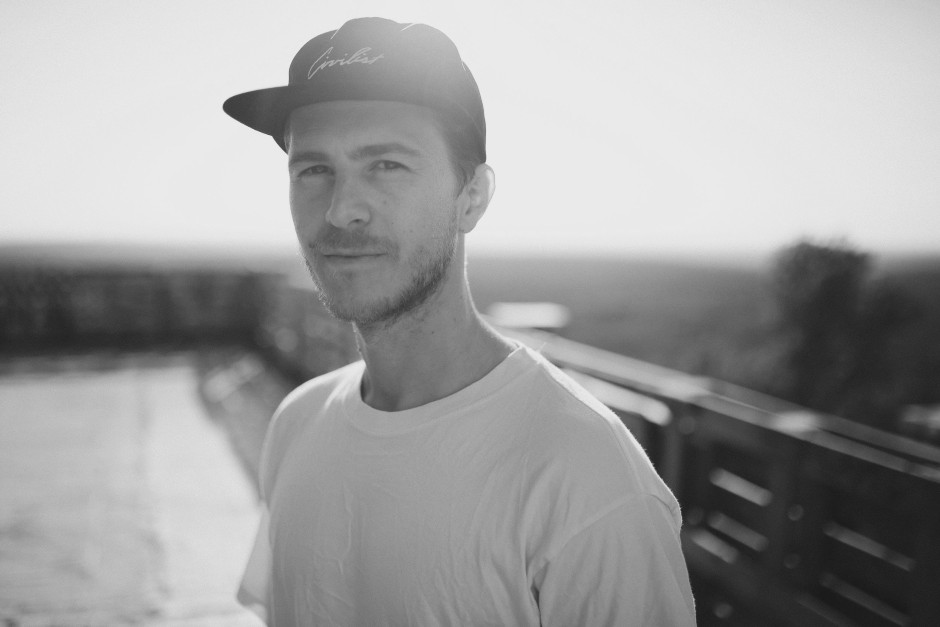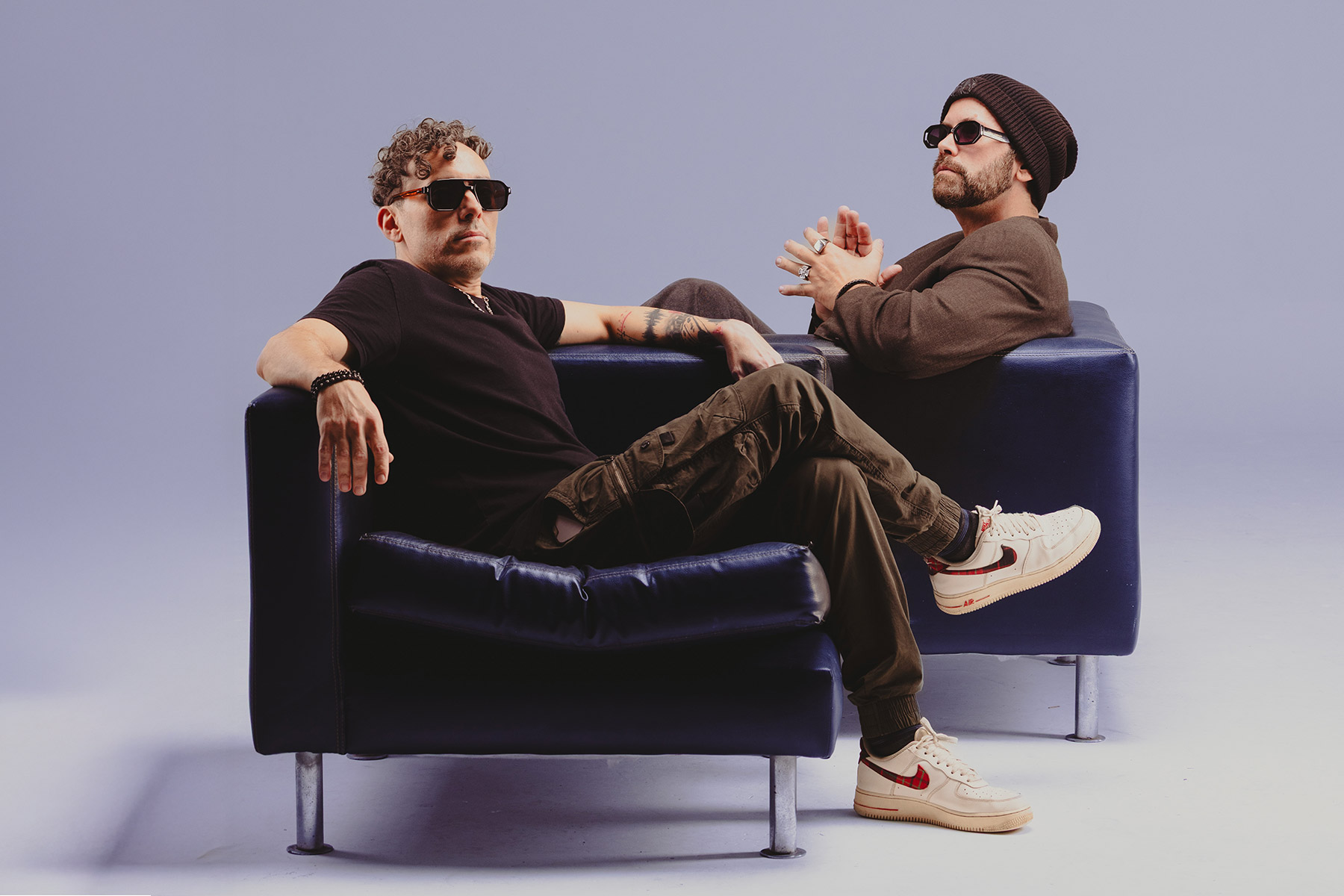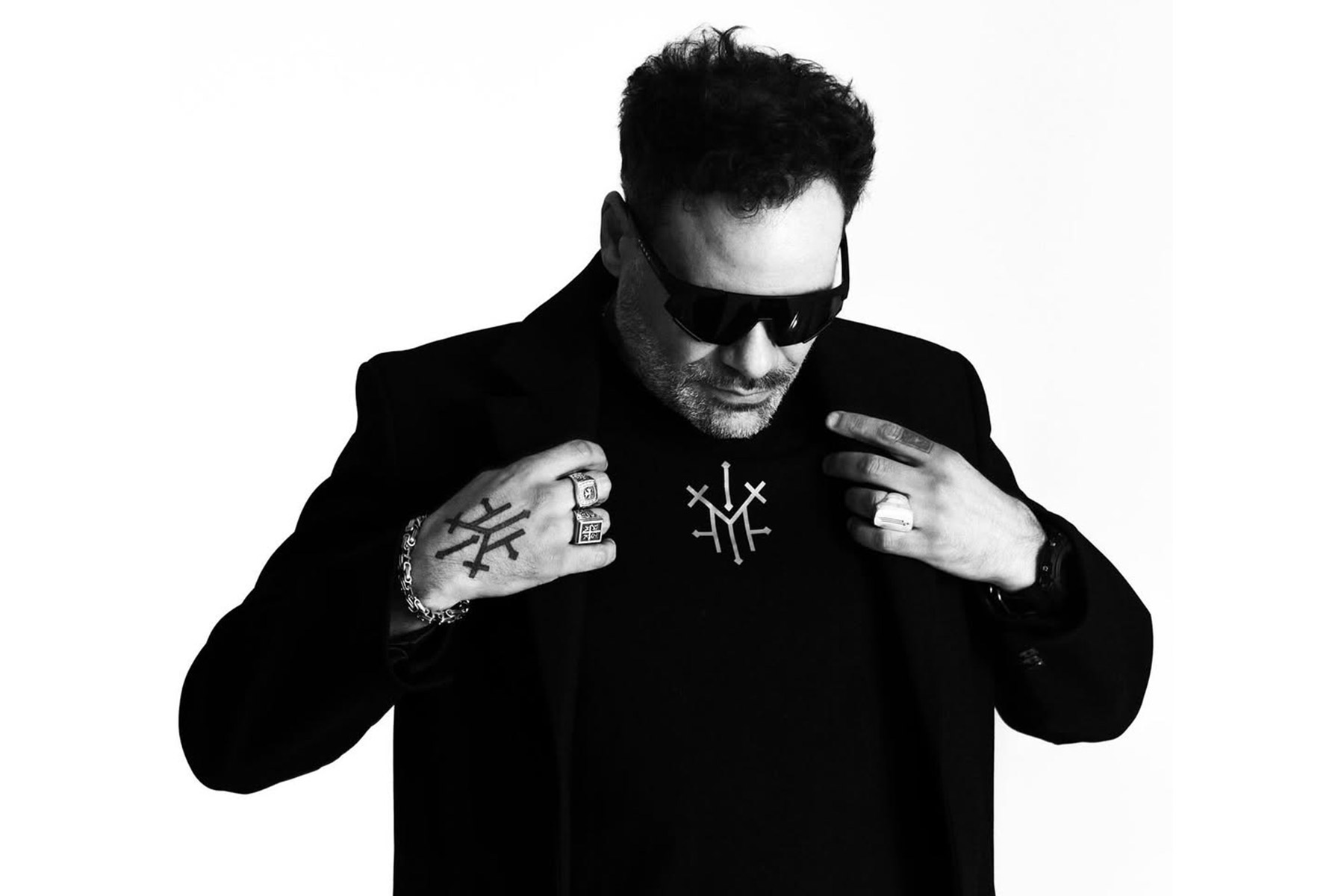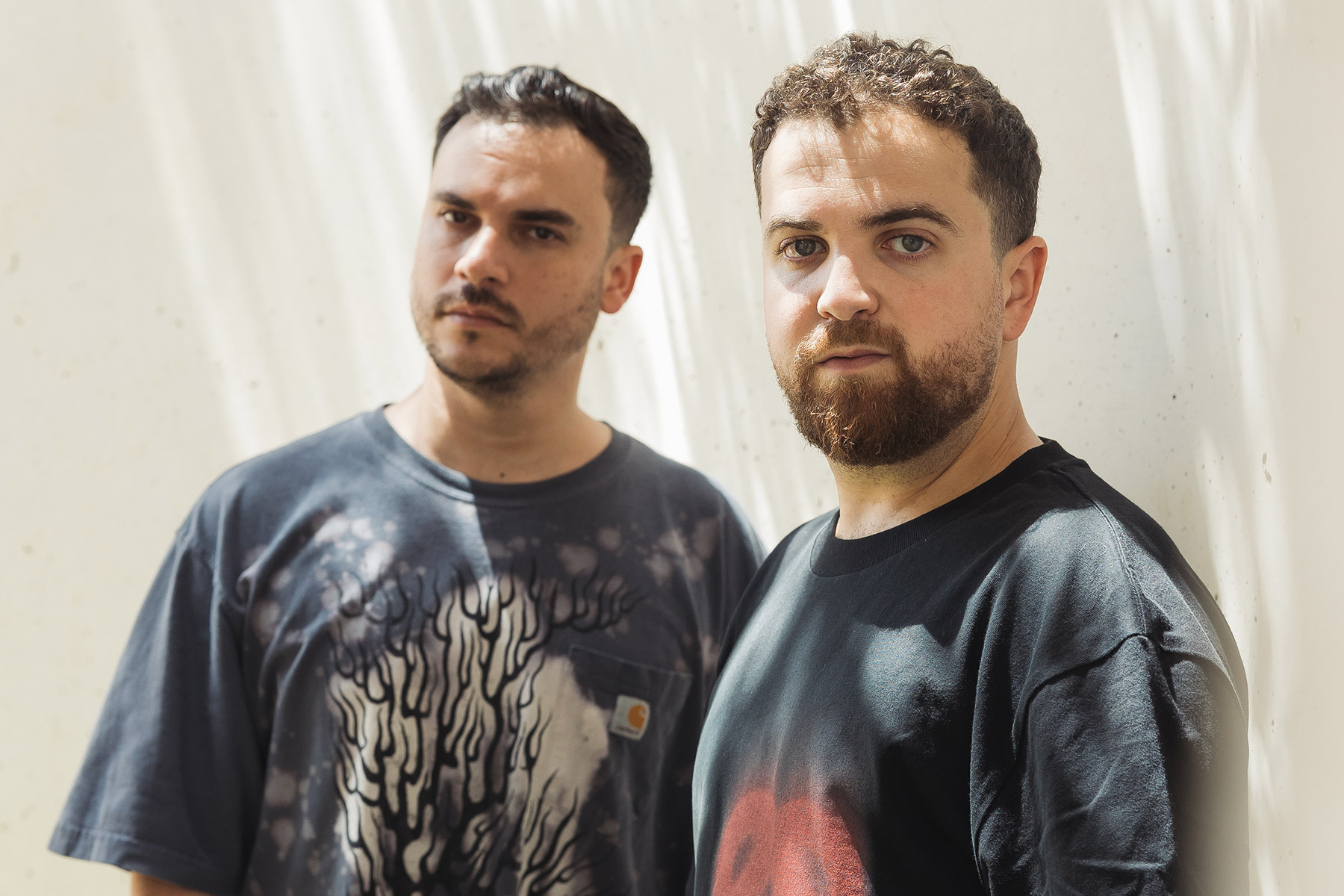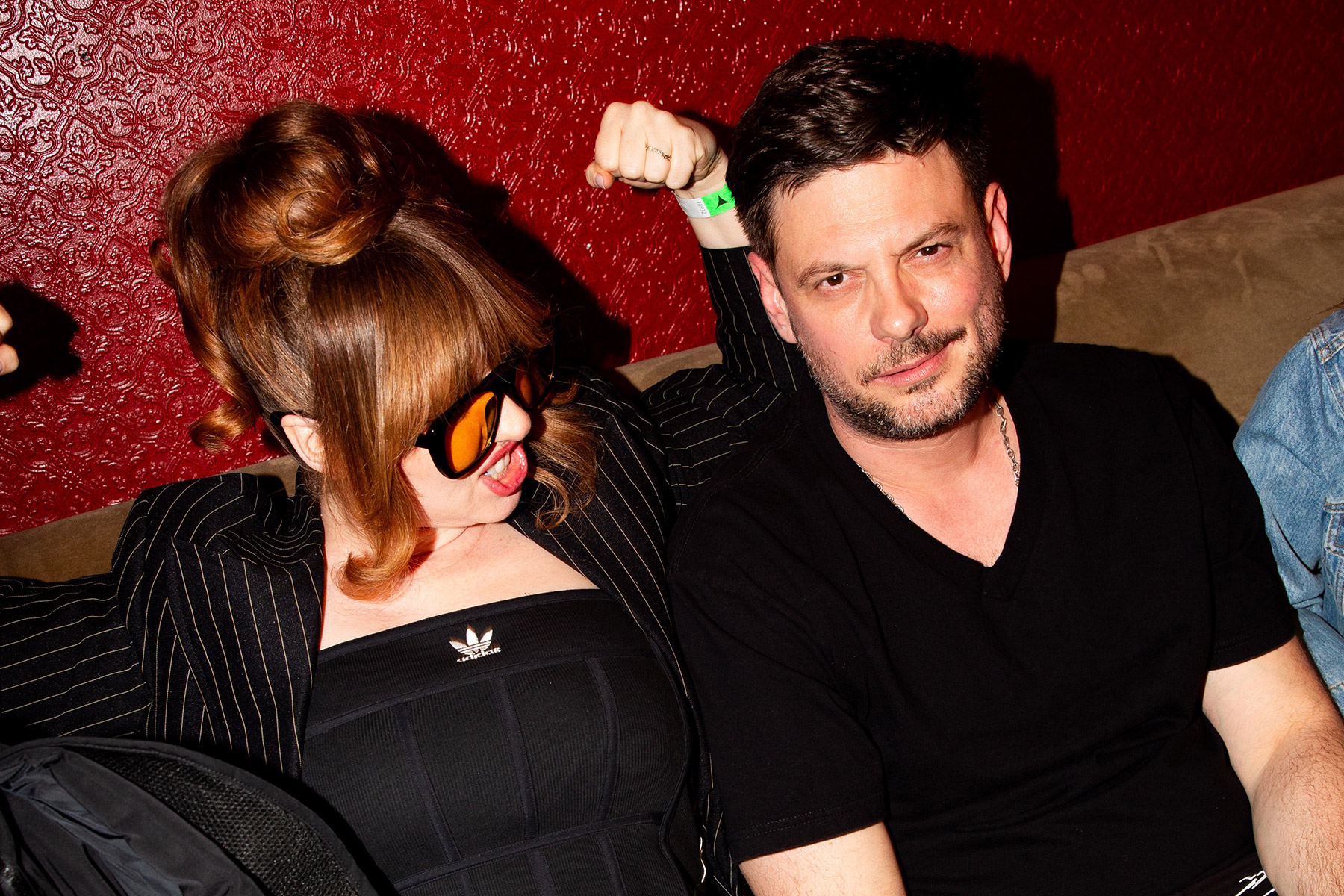With key-releases on Connected, Ouïe, Objektivity, Mobilee and Keinemusik alongside remixes on Kompakt, Get Physical, Offering Recordings and Rise Music Berlin, David Mayer has forged a reputation as a producer and touring DJ. As he prefers thinking outside the box, Mayer has always been equally interested in listening to and experimenting with diverse forms of music, no matter what musical genre they derive from, although his passion for funked up and heavily pounding 4/4 beats clearly dominates his creative output.
Only leaving his desk in order to indulge some serious clubbing, this guy knows about priorities. With a solid and continuous stream of output under his belt, it is always of interest what David Mayer is up for next.
David Mayer just released a new EP, ‘Skanda’ via Ouïe. Today he shares some tips to apply when you are producing music.
1. Create a template: This helps to quickly take the first steps towards creation without being held up with setting up groups or complex send-FX chains and so on. The muse comes and goes as she pleases, so it’s better to be prepared on the technical side when creativity finally strikes. This goes for the DAW, but also for any hardware periphery. Keeping the most commonly needed cables and adapters at hand plus maybe an intuitive patchbay plan will help to save heaps of nerves and time when recording. It’s not like those ideas just sit tight in their machines waiting around until that one missing cable is shipped and delivered. Anyway, I believe ideas can be seen as a common good, always flying around out there in the absolute, free for anyone to catch. It’s not determined when or who they will strike. That’s why it seems that the best ideas come more frequently to some, usually those who passionately dedicate the most time and effort to catch them.
2. Start with a vision of a mood of a track: Even if it turns out differently than envisioned, it’s important to experience the bliss of finishing what you started. If the track does not come together as desired, I try to at least make the individual stems sound good in themselves or have them make sense rhythmically as early as possible. So even if an idea collapses and a project seems doomed to collect dust on my HD, I can still lift individual audio – or MIDI tracks from it later to include them in current projects. It works a little like remixing your own stems. Sometimes I give a project file the suffix “baseline idea” or something to lead me back there later on. Ideally, you’d end up extracting “cool kick”, “baseline idea”, “hi-hat groove“ and “alternative melody” from different sources and stacking them up in a new project. It’s like picking up breadcrumbs on the fast lane to a brand new sketch.
3. Backups and folder structure: Sorry pros for repeating the obvious also about backups. But anyone who has not yet started to use something like a 2 TB Dropbox account to hold the folder with all of your projects may like the idea of a future without the paralyzing fear of losing meticulously handcrafted data. The all-inclusive cloud also helps with sharing projects in collaboration and sending files back and forth. If something was accidentally deleted or even if you leave the laptop with your nearly completed album on the backseat of a taxi in Cairo – all you would have to worry about is getting a new laptop set up with the same system (from a separate system backup, obviously). Meanwhile your most precious files would just sit in the cloud waiting to get downloaded to wherever you are and things will continue as if nothing happened.
I’m just telling you because to me this was such an epiphany, suddenly not having to worry about anything other than a wifi connection for the automatic background-upload into the safety of the cloud. For storage backups I now have my own little server with a RAID-system (worth every cent). But up until that point I kept piling up masses of external USB drives with 2nd and 3rd degree safety backups, all of which are just a mess to this date (basically worth nothing atm). So if you can relate, I hope you might benefit from this idea of working right into a cloud in combination with long term backups on a RAID-System. By the way, I also have my Rekordbox library in the cloud.
Secondly: Folder structure. How often do you lose track of where in which folder the project file of that one dope beat named “idea 1 new” is to be found? For me, that problem was solved by naming all projects chronologically, including the creation date and a random working title like ‘2019-10-18_RandomName_A_01’ with a counting number for versions in the end. Giving each project an ever so dumb starting title and a date makes it easier to spot it in a continuous list of project folders, given that you have an approximate memory of when something was started. Also, every time I close a project for the day, I render an mp3 of the project (using the corresponding ID, of course) into it’s correlating project folder. Like this, I know what the project currently sounds like without having to open the DAW. Just thought I’d mention that”.
4. Listen to music closely: Obviously strive to find your own musical signature, but while working on your mix, don’t hesitate to A/B listen every now and then to some of the best sounding productions by artists of your trust. It can cause episodes of serious doubts and heartache, but in the long run it will have a learning effect. In the best case you have the opportunity to test your favorite mastered track and your own work in progress rough version in the club one after the other… or get a DJ friend to test it for you in the context of a set. This really helps to figure out why one piece seems to have a bigger impact than the other or what might be missing or what’s too much arrangement wise. If you don’t have that one friend who’s feedback is always on point, proceed to ask the swarm. The crowd on a decent dancefloor is the best jury I can think of.
5. Listening volume: Especially if you’re just starting out and lucky enough to have a soundproofed room, it’s tempting to crank it up at all times. It’s mad fun to really feel the bass while producing, but I guess it is better to never get used to producing on hot levels, as this might cause habitual problems later on. Investing in good monitors which allow you to listen linearly on low levels and good reference headphones is something one can’t do early enough. You don’t want your precious stream of inspiration interrupted by acute attacks of hearing fatigue. It sux to find that the demo sounded better than the final mixdown you’ve been working on for weeks. And you might want to avoid to ever experience that “beeeep” which your hearing is likely to issue as a warning on a Monday after you pumped it up in the studio all week and then proceeded to play a series of gigs without ear protection. Physical and mental health is important these days, with or without a life in music 🙂
David Mayer’s ‘Skanda’ is now available. Listen and stream here.
Follow David Mayer: Facebook |Instagram | Soundcloud

